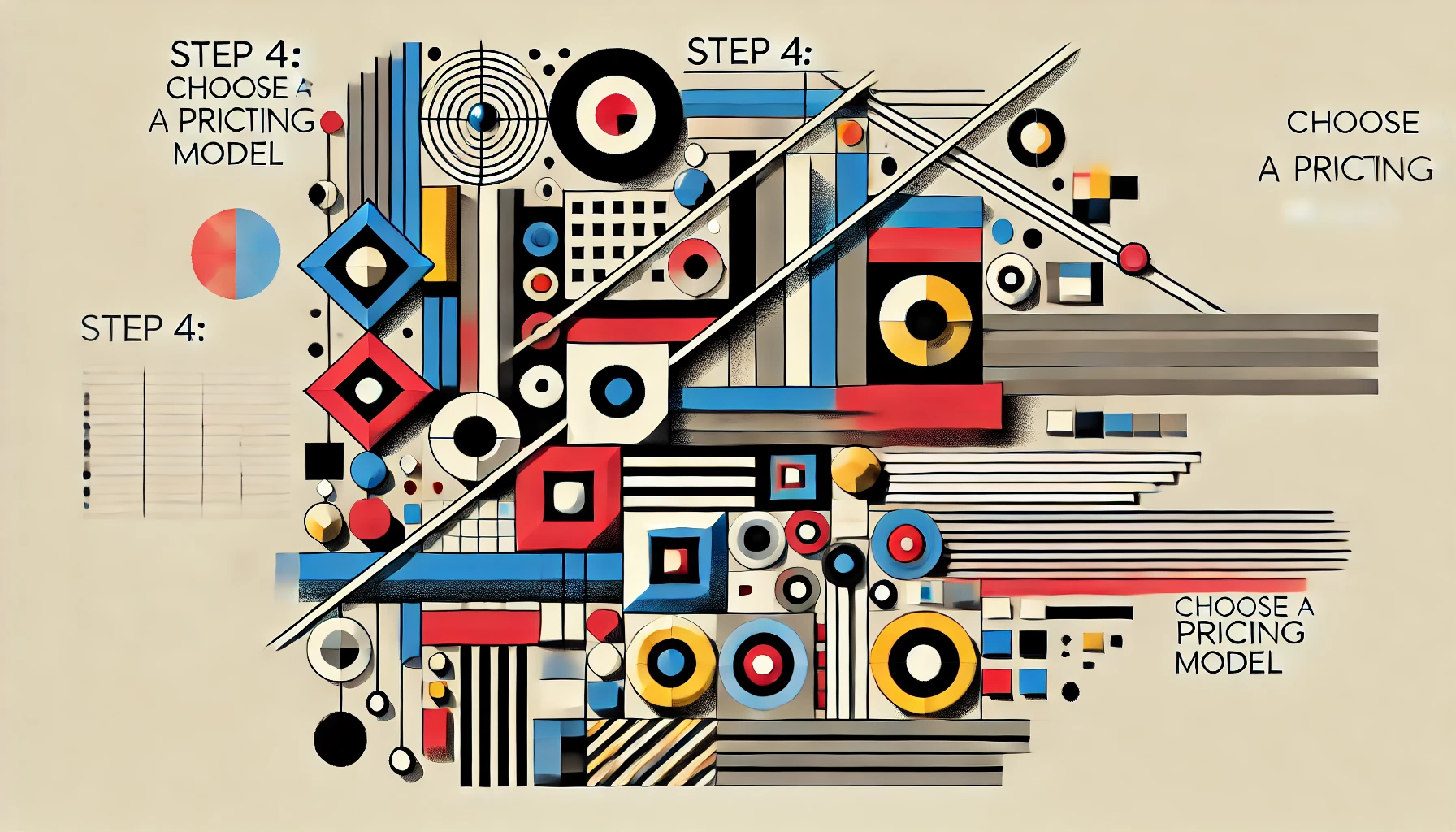
Are you a graphic designer struggling to set the right prices for your work?
You’re not alone. Graphic design services pricing can be tricky, but it’s crucial to get it right.
This guide will walk you through the process of pricing your services, helping you balance fair compensation with competitive rates.
Read more: Top 10 All-In-One Marketing Platforms for 2025 | CRM & Automation Tools
 Before diving into specific pricing strategies, let’s cover the fundamentals of pricing graphic design work.
Before diving into specific pricing strategies, let’s cover the fundamentals of pricing graphic design work.
Several key elements affect how much you can charge:
For instance, a seasoned designer with a strong portfolio can command higher rates than a newcomer.
Similarly, a complex branding project will cost more than a simple logo design.
There are five main pricing models to consider:
Each model has its pros and cons.
For example, hourly rates work well for small projects, while project-based pricing is better for larger, more complex jobs.
 Before setting your prices, you need to understand your expenses.
Before setting your prices, you need to understand your expenses.
Start by estimating your annual expenses and dividing by your planned billable hours. For example:
Annual expenses: $50,000 Planned billable hours: 1,500 Hourly rate: $50,000 / 1,500 = $33.33
This gives you a baseline hourly rate to cover your costs.
Don’t forget to include:
Pro tip: Review your past year’s expenses and create a budget for the upcoming year to ensure you’re covering all bases.
Factor in:
These often-overlooked costs can significantly impact your bottom line.
 Your expertise plays a crucial role in determining your rates.
Your expertise plays a crucial role in determining your rates.
If you specialize in high-demand areas like UX design or branding, you can charge premium rates.
For example, a UX designer might charge 20-30% more than a general graphic designer.
As you gain experience and build your portfolio, gradually increase your rates.
A good rule of thumb is to review and potentially adjust your prices every 6-12 months.
 Understanding your market is crucial for competitive pricing.
Understanding your market is crucial for competitive pricing.
Research what other designers in your area charge for similar services.
Tools like Glassdoor or local design association surveys can provide valuable insights.
Consider your ideal clients:
Align your pricing strategy with your target market’s expectations and budget.
 Now that you’ve gathered all the necessary information, it’s time to select a pricing model.
Now that you’ve gathered all the necessary information, it’s time to select a pricing model.
Best for: Small projects, ongoing work Example: $75-150 per hour, depending on experience and location
Best for: Large, well-defined projects Example: $5,000-10,000 for a complete brand identity package
Best for: High-impact projects for established businesses Example: Charging 10-20% of the projected value your design will bring to the client’s business
Best for: Long-term clients needing regular design work Example: $2,000-5,000 per month for a set number of design hours or deliverables
Pricing graphic design services doesn’t have to be overwhelming.
By understanding your costs, evaluating your skills, researching your market, and choosing the right pricing model, you can set rates that are fair to both you and your clients.
Remember, your pricing strategy should evolve as your business grows.
Regularly review and adjust your rates to ensure they reflect your current skill level, market conditions, and business goals.
With these strategies in hand, you’re well-equipped to tackle the challenge of graphic design services pricing. Good luck, and happy designing!